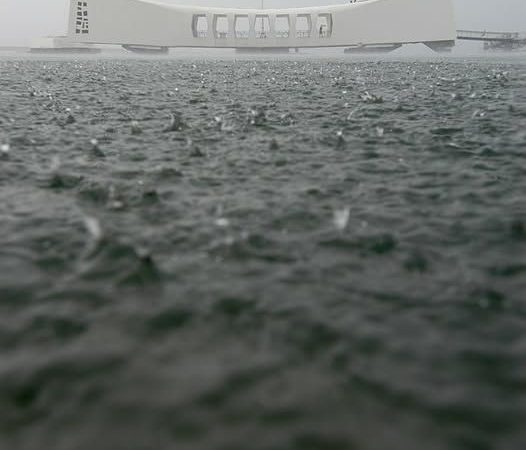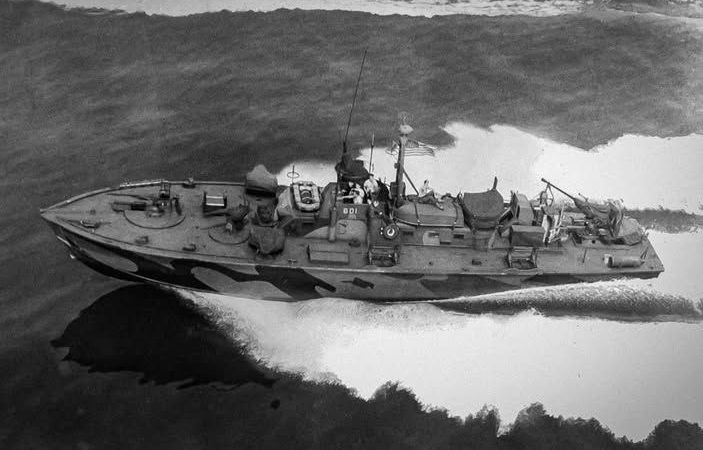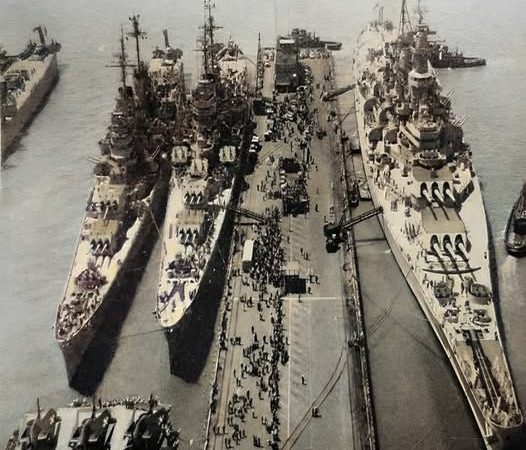Pre-Dreadnought Battleship SMS Kaiser Friedrich III Leading the German Home Fleet, 1901
The SMS Kaiser Friedrich III: A Titan of the German Home Fleet in 1901
In the early 20th century, the world was witnessing a significant shift in naval warfare, with the introduction of more powerful and technologically advanced ships. Among these was the SMS Kaiser Friedrich III, a pre-dreadnought battleship that played a pivotal role in the German Imperial Navy and the broader naval dynamics of the time.

Commissioned in the late 19th century and launched in 1899, the SMS Kaiser Friedrich III was designed during an era when naval power was becoming increasingly important for national prestige and military strength. The battleship was named after the German Emperor Frederick III, who had a short reign in 1888. With the construction of the Kaiser Friedrich III, Germany aimed to assert its presence on the world stage and challenge the naval supremacy of Britain.
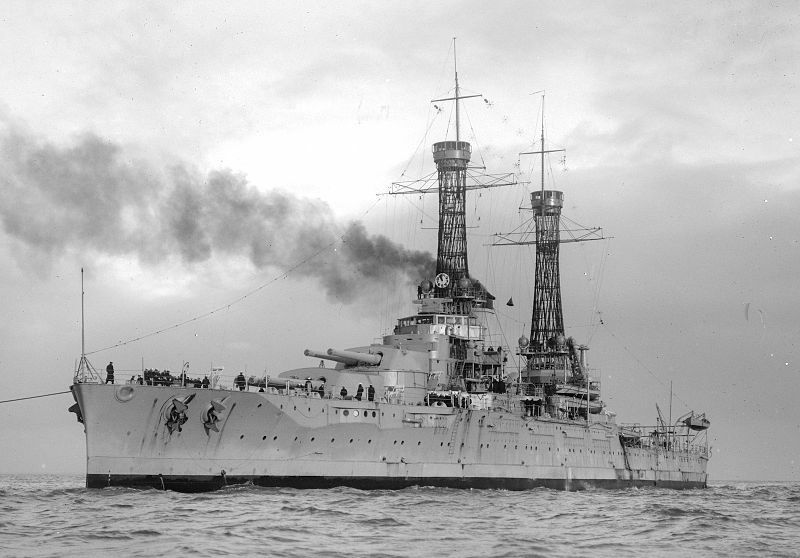
The SMS Kaiser Friedrich III was notable for its significant size and firepower. Displacing around 12,000 tons, the ship measured 122 meters in length and featured a complement of around 800 crew members. Armed with four main guns of 28 cm (11 inches) caliber, supported by secondary batteries and torpedo tubes, it was a formidable force in its time. Its armor was designed to withstand hits from contemporary naval artillery, reflecting the evolving nature of battleship design focused on both offensive capability and survivability.
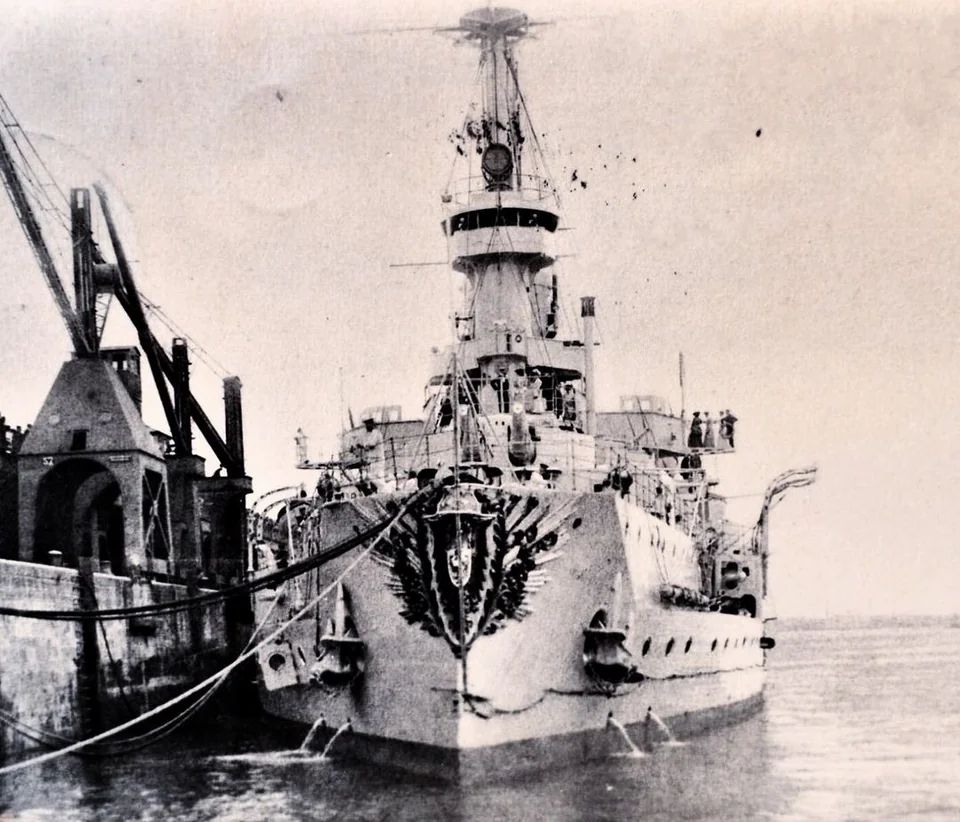
By 1901, the SMS Kaiser Friedrich III was leading the German Home Fleet, a collection of warships tasked with protecting the nation’s interests in the North Sea and the Baltic Sea. The presence of this powerful battleship not only bolstered the fleet’s defensive posture but also served as a symbol of German maritime ambition. During this period, tensions were rising among the great powers of Europe, and the need for a strong naval presence became increasingly crucial.
The German Home Fleet, under the command of SMS Kaiser Friedrich III, conducted various training exercises and fleet maneuvers, showcasing Germany’s naval capabilities. These drills were designed to prepare the fleet for potential conflicts and to demonstrate Germany’s readiness to assert its influence, particularly in light of British naval dominance.
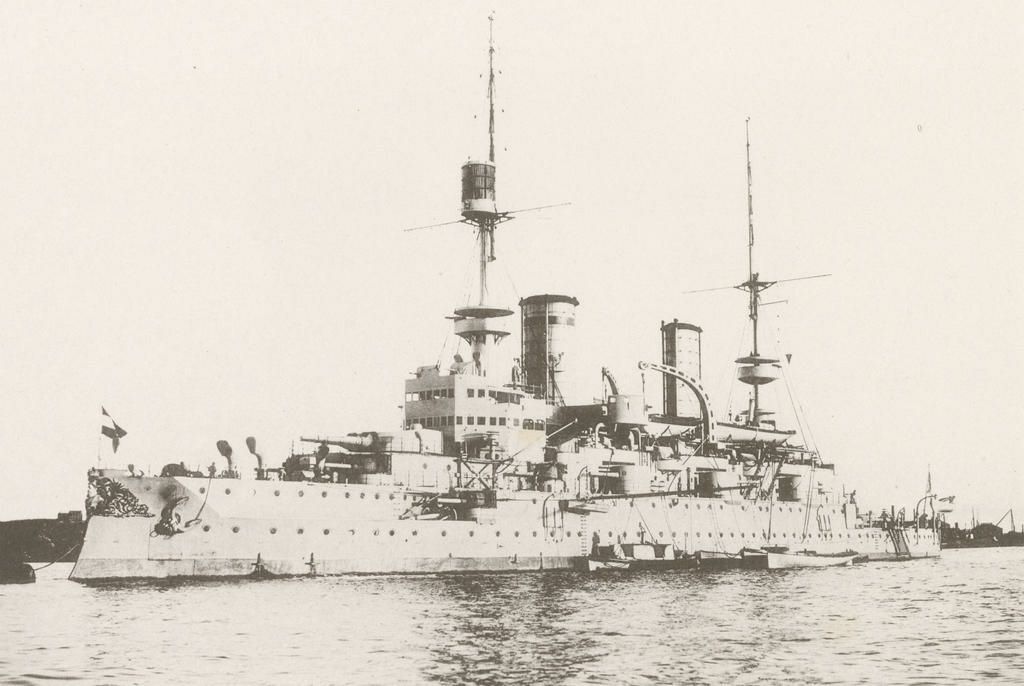
The SMS Kaiser Friedrich III, though eventually overshadowed by the advent of dreadnought battleships, remains an important symbol of Germany’s naval history. It reflected the transition of naval warfare into the 20th century and the shift towards more modern battleship designs. The lessons learned from the pre-dreadnought era contributed to the design and construction of subsequent classes of battleships, influencing naval strategies in the years leading up to World War I.
In conclusion, the SMS Kaiser Friedrich III stands as a testament to a pivotal moment in naval history, embodying the ambitions of the German Empire and the evolving nature of maritime warfare at the dawn of the 20th century. Its legacy continues to be studied by historians and naval enthusiasts alike, reminding us of the intricate interplay between technology, military strategy, and international relations.

